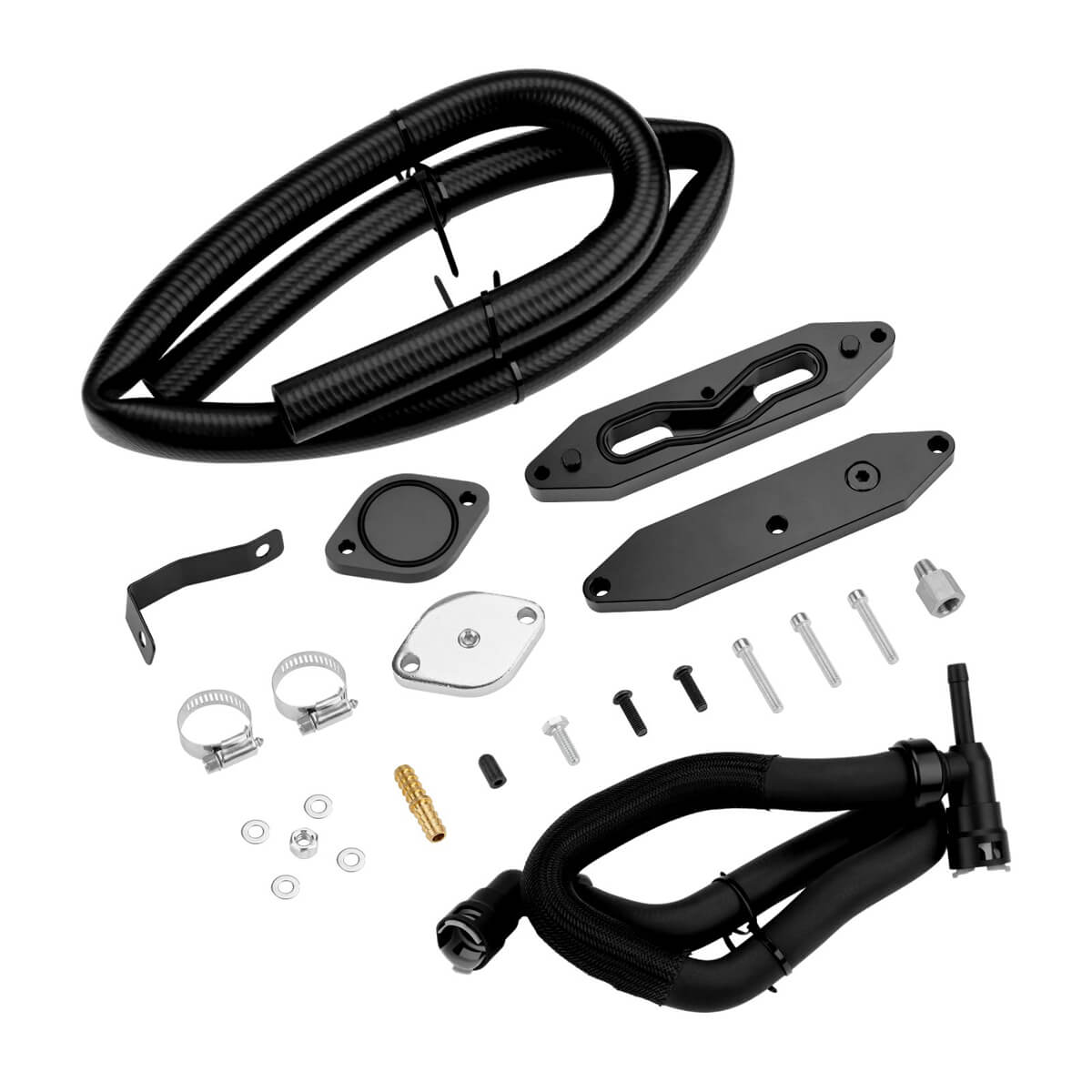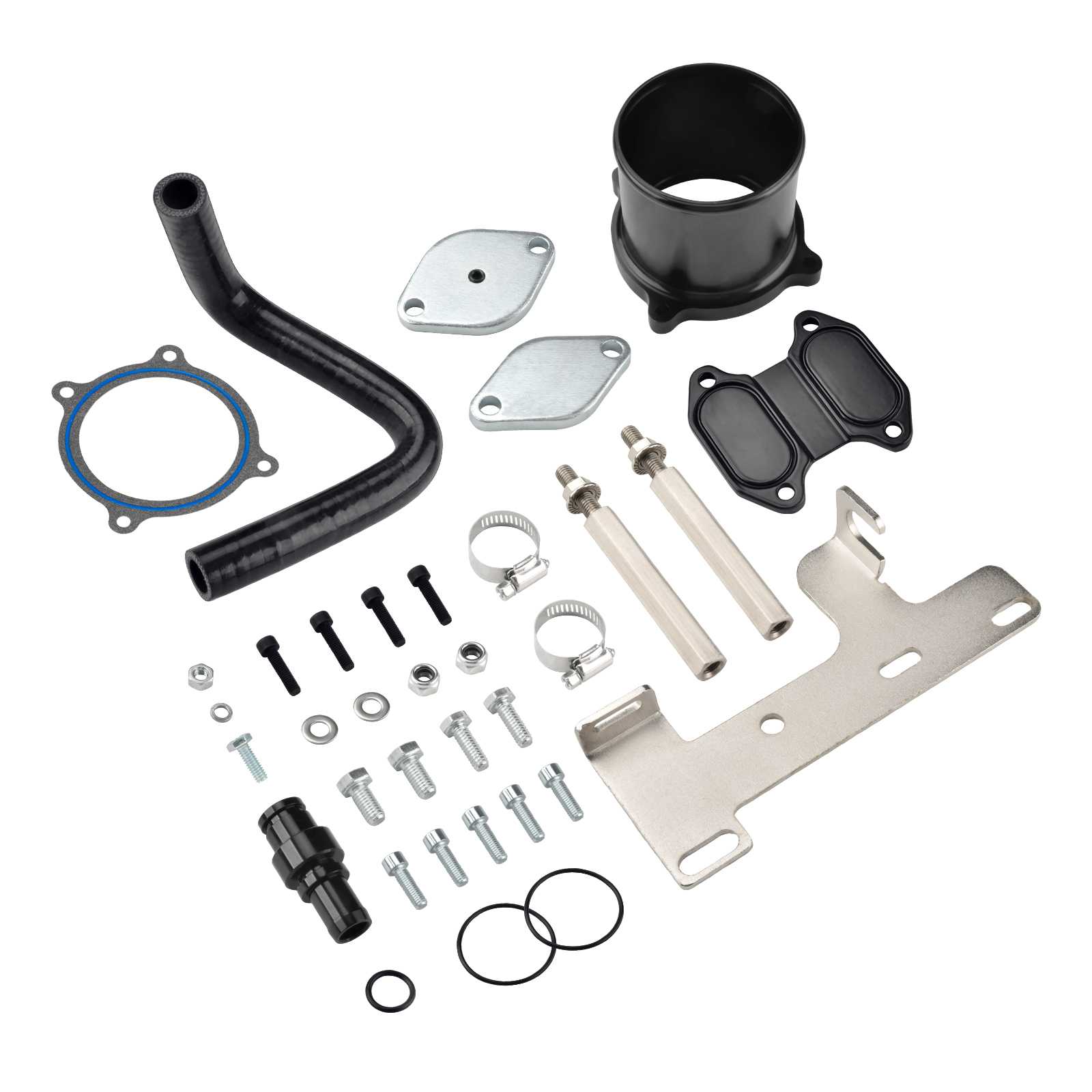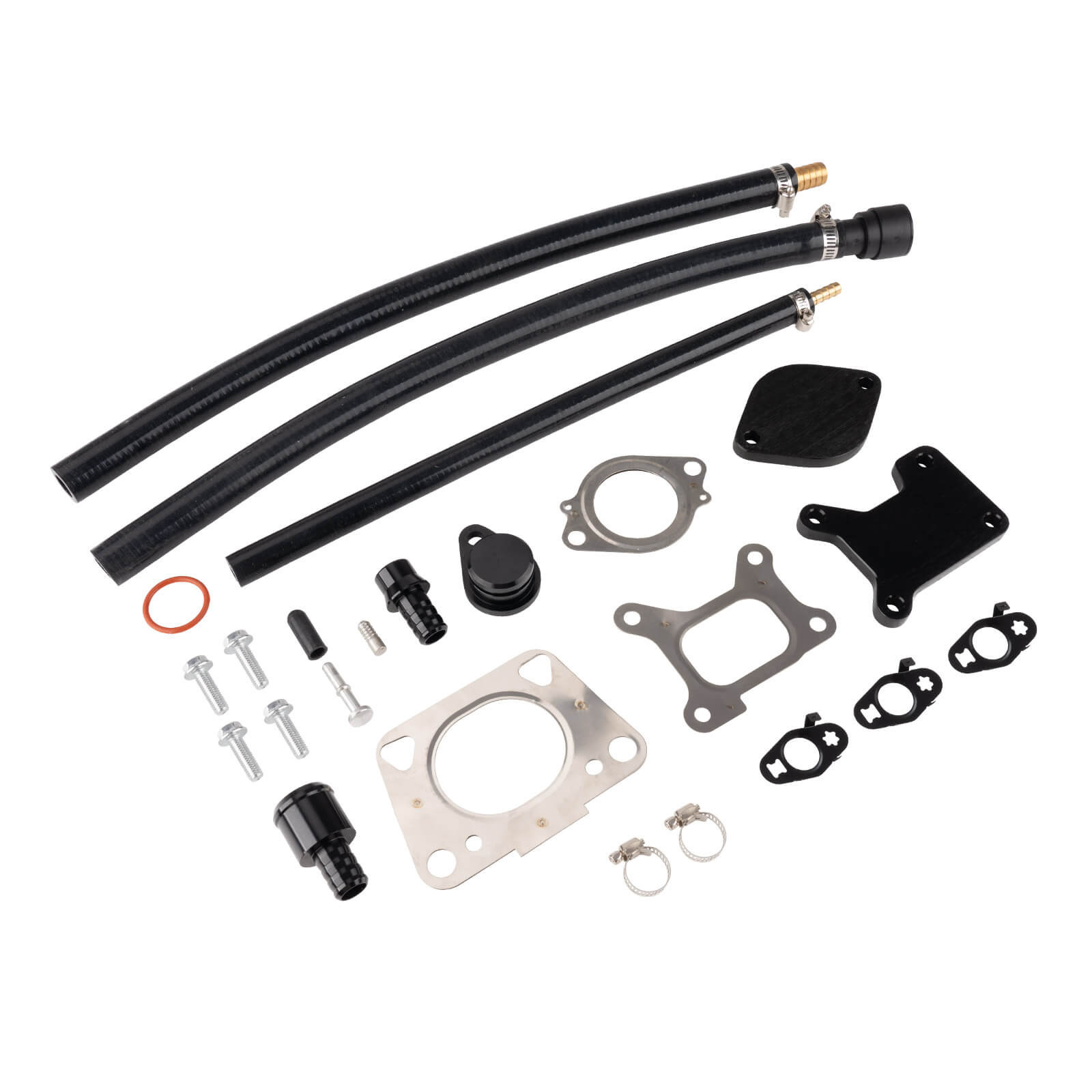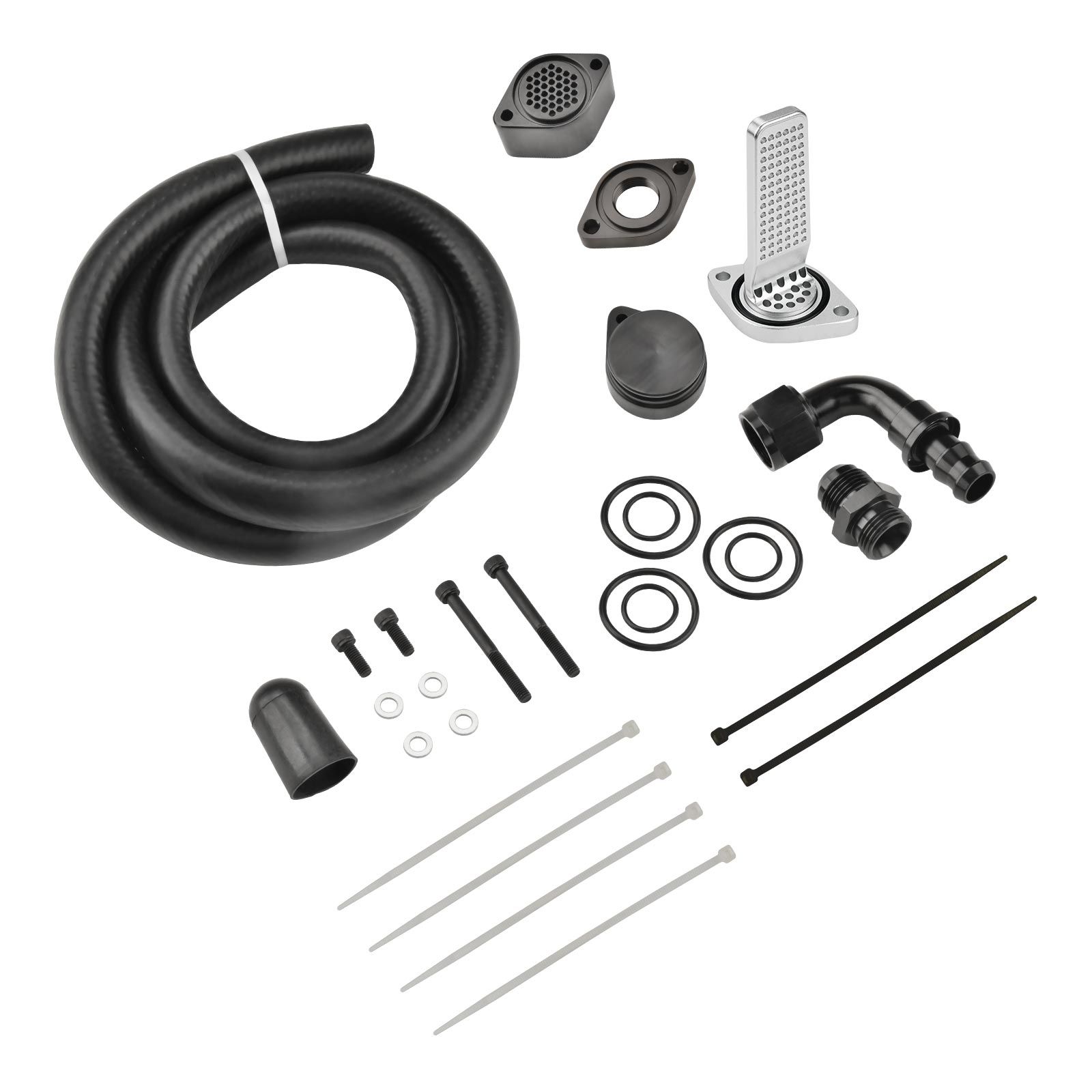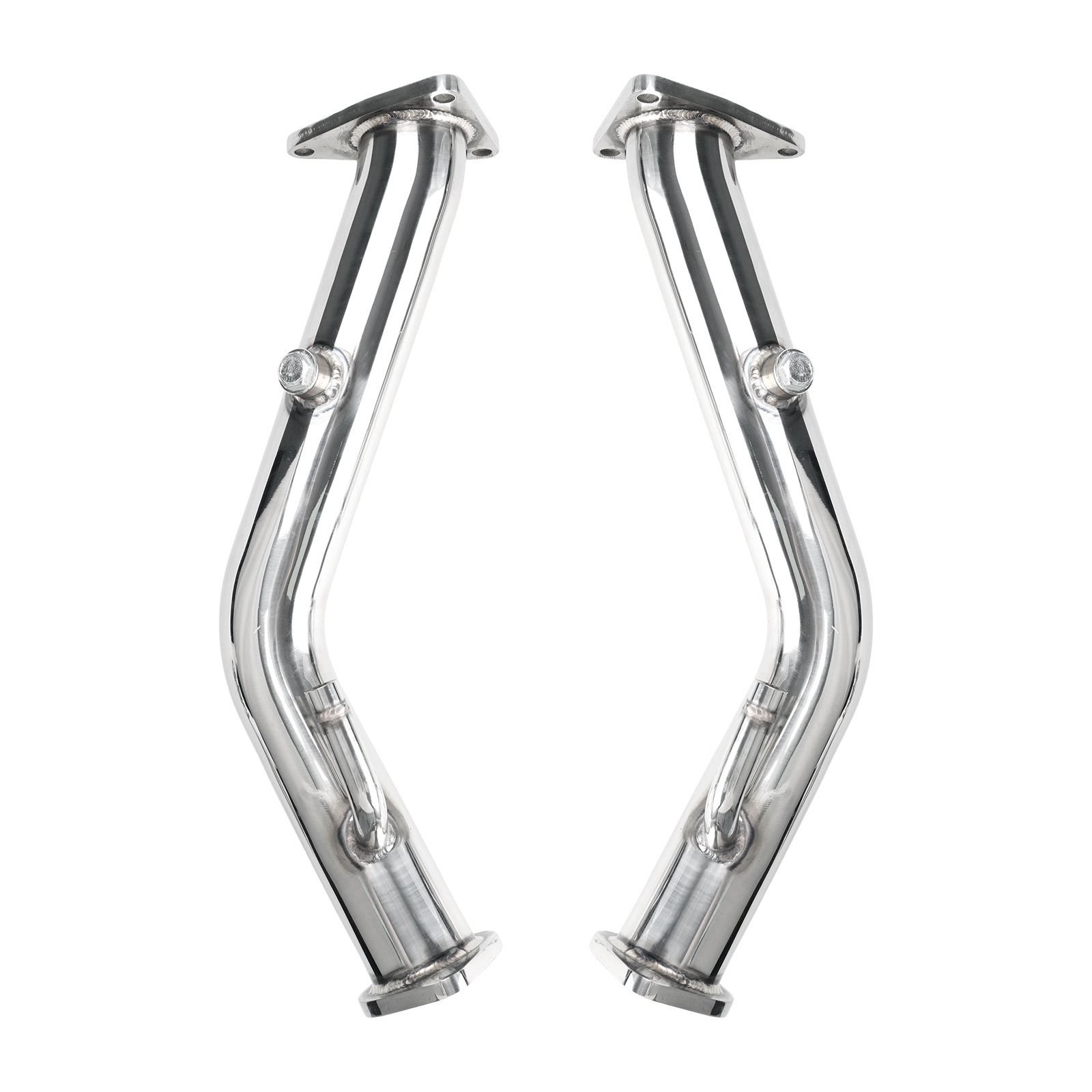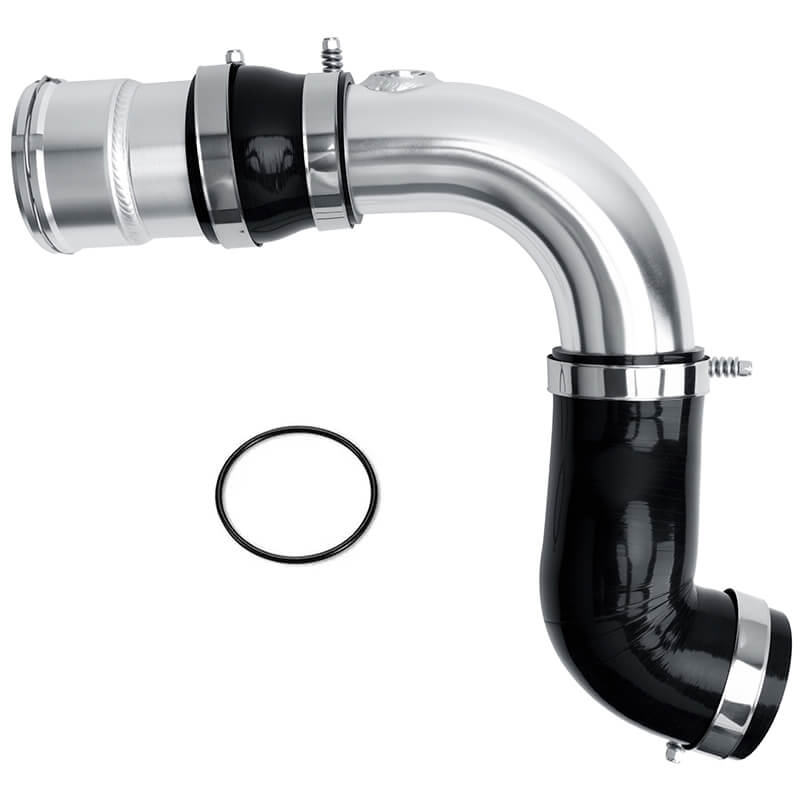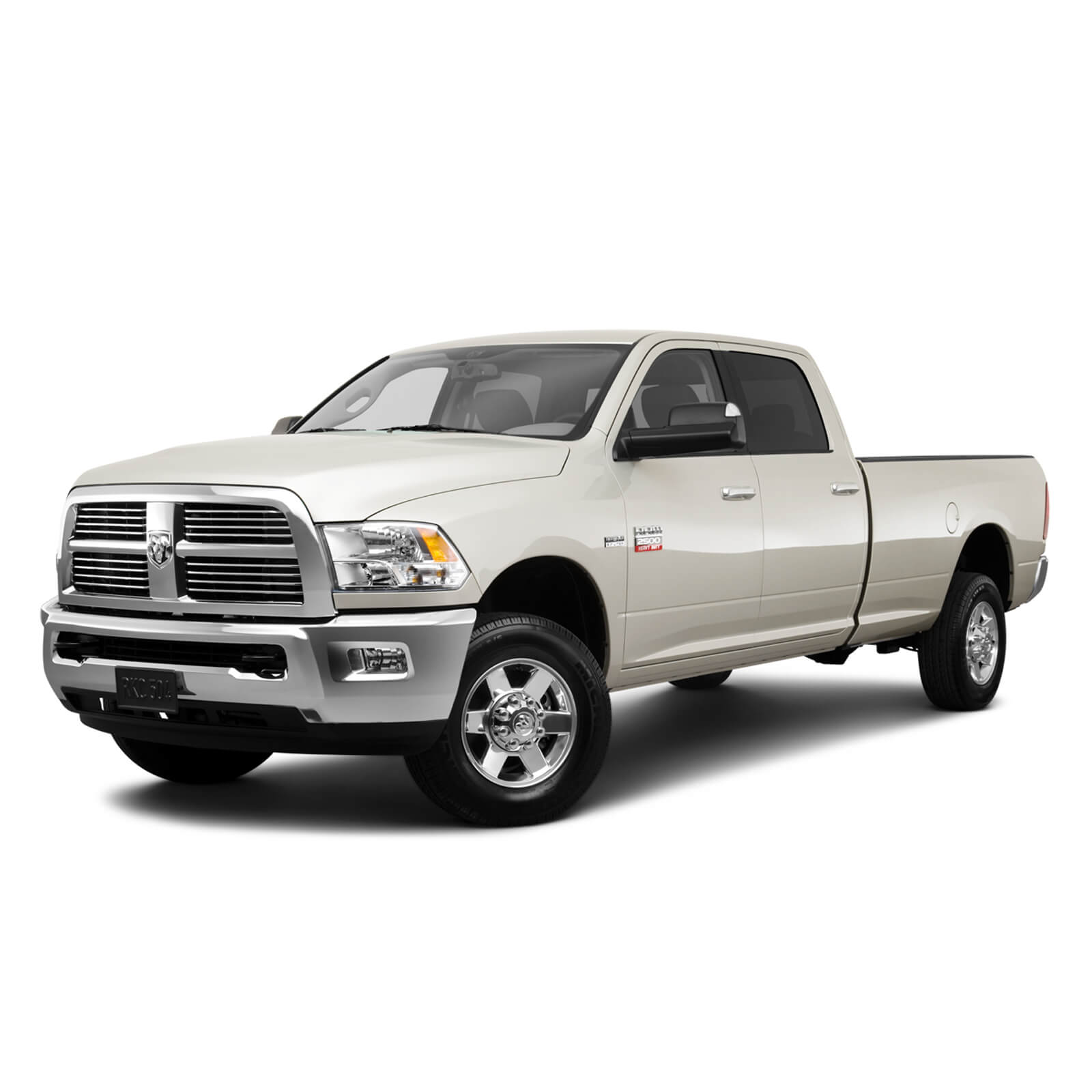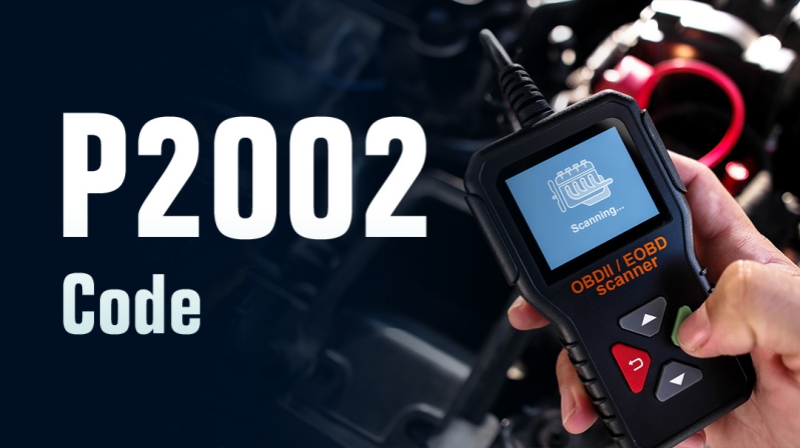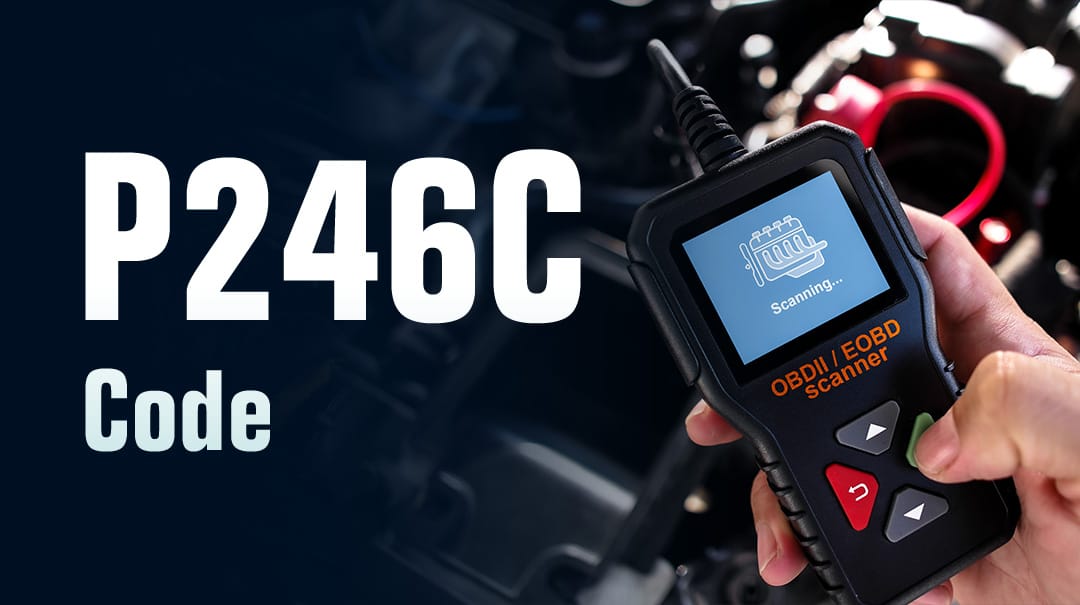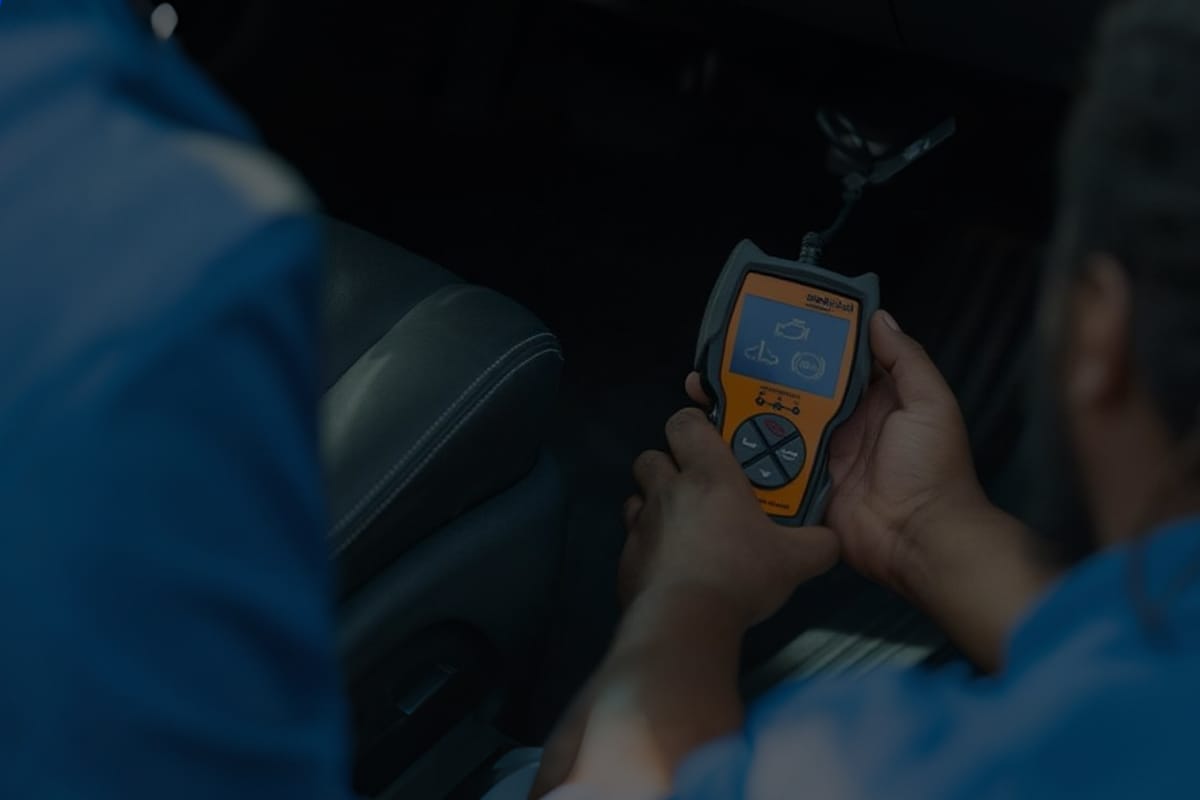Imagine this: you are enjoying a ride on your vehicle and suddenly, your engine starts limping and losing acceleration, you stop your vehicle, and finally encounter that "check engine" light. Scary, right?
Well, if you are driving a diesel vehicle and the check engine light is on, chances are you have encountered a P244B code . If that's the case, you are at the right place.
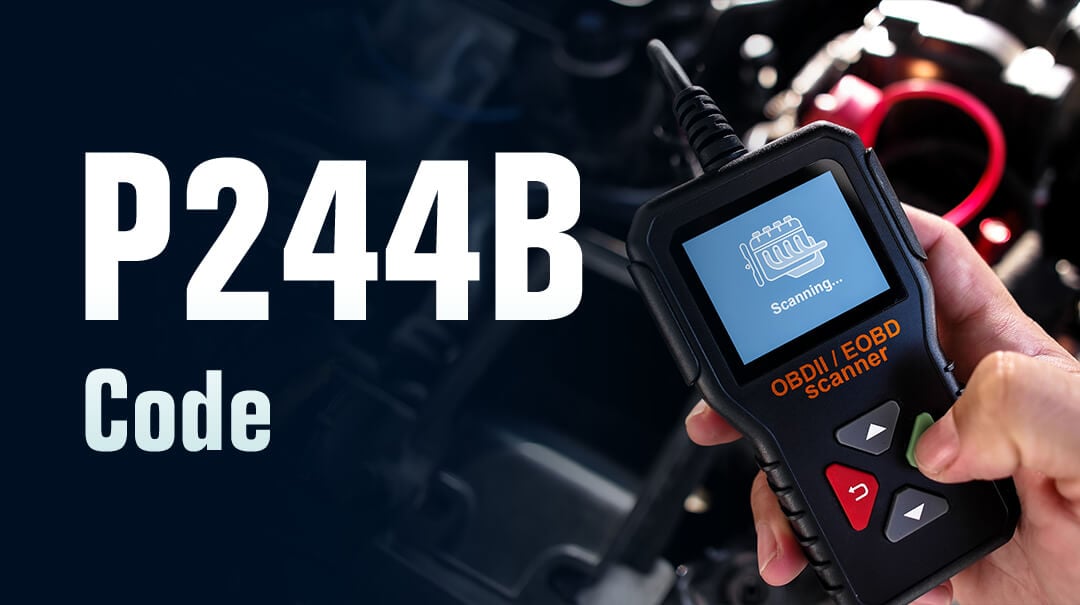
What Does P244B Code Mean?
The P244B code means that the "
Diesel Particulate Filter Differential Pressure Too High Bank 1
".
The engine control system (ECM) of your vehicle determines the health of the DPF by monitoring the pressure difference between the inlet and outlet of the DPF. In a proper DPF, there is some resistance in the flow that results in a measurable pressure difference. If this pressure rises above a defined limit, your vehicle gives a P244B code.
It means that the DPF is clogged with soot, preventing a free flow of pressure. The engine must work harder to expel the exhaust, resulting in reduced performance and worse fuel economy. This is the opposite problem of the P244A code, which indicates low differential pressure.
Common Symptoms of Code P244B
When your diesel vehicle shows you a P244B code, there are multiple warning signs that you should always focus on. Some of them include:
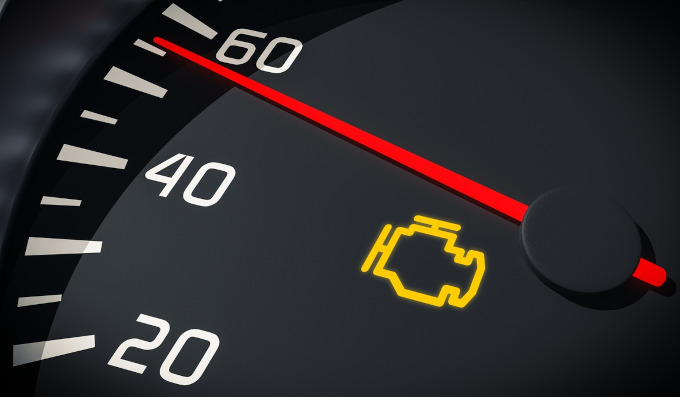
- Check Engine Light (CEL):
This is usually the first clue for every problem related to your vehicle's engine. Once the P244B code appears, the dashboard warning light will stay on all the time.
- Drop in Engine Power:
You will realise that the engine is not delivering the same power as before and now seems to be "struggling" when it comes to acceleration. It's more like a limp mode that prevents your vehicle from optimum use of the engine.
- Clean Exhaust Filter Message:
If your vehicle supports direct alerts, you are more likely to see a 'clean exhaust filter' message that hints there's a problem with the Diesel Particulate Filter (DPF).
- Lack of Regeneration Cycles:
If the system can't clear built-up soot, the DPF won't regenerate as needed, making things worse for your vehicle.
- Fuel Economy: OBD Code P244B directly hits your vehicle's mileage, and you will have to stop more frequently for refuelling.
Possible Causes of DTC P244B
Several issues could be causing the P244B error code. However, most of them directly point towards the faults in the DPF system. So, you should look for the related signs such as:
Clogged DPF: Over time, the filter can become overloaded with soot, especially if regeneration cycles are interrupted by lots of short trips or low-speed driving.
Damaged DPF pressure sensor hoses: Small cracks or blockage in the pressure sensor hoses can also trigger this code.
Faulty differential pressure sensor:
Another sensor-related issue comes up when the differential pressure sensor is faulty and is providing inaccurate readings.
Exhaust leaks: Leaks before or after the DPF can alter pressure measurements, leading to false alarms and warning lights.
How to Diagnose P244B Fault Code
Users who have some knowledge related to the DPF system can easily diagnose the P244B code. Here's how you can perform it yourself at home:
Step 1: Scan for codes
Use an OBD II diagnostic tool to figure out how many error codes you are receiving. It will confirm if the problem is related to P244B or not.
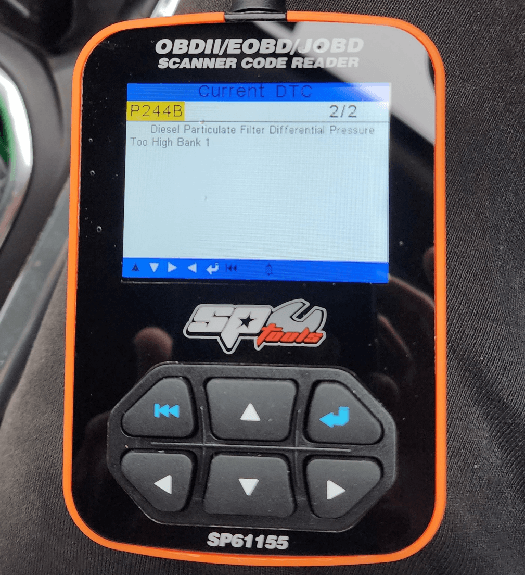
Step 2: Physical checks
You can also take a direct look at the DPF pressure sensor and check out the electrical wiring as well. Look out for the damage or cracks in the sensor.
Step 3: Check for exhaust leaks
Inspect the exhaust system (especially around the DPF and sensor ports) for leaks, holes, or broken welds that might affect pressure readings.
Step 4: Evaluate DPF condition
If some soot or ash buildup is visible, the DPF may need a specialized cleaning or replacement. We recommend getting some professional help for your vehicle in this specific situation.
How to Fix P244B Trouble Code
If you have diagnosed the problem, you can easily fix the OBD code P244B. Here are the easy steps to do it:
Clean or replace the DPF: If the filter has a lot of soot buildup but there is no visible damage, you just need to get it cleaned. However, if it is damaged beyond repair, you should go for a replacement.
Repair any exhaust leaks:
Sealing leaks restores correct pressure readings and helps the system function again.
Force a DPF regeneration: Some shops can trigger a regeneration cycle to burn off built-up soot, clearing the restriction without major parts replacement.
Software update:
In rare cases, updating the vehicle’s software or replacing malfunctioning modules can be the final fix.
Vehicles Commonly Affected by P244B Code
P244B trouble code tends to show up most in popular European and American diesels, especially those with intricate DPF systems. See if your vehicle is on this list:
| Make/Model | Typical Issues & Notes | Model Years |
|---|---|---|
| Volkswagen, Audi, BMW Diesel | High DPF soot levels, frequent sensor faults | 2010–2025 |
| Mercedes-Benz Diesel | Often triggered by pressure sensor faults | 2007–2025 |
| Ford Super Duty (Diesel) | Sensor faults, exhaust leaks, DPF clogging | 2016–Present |
| Jaguar X-Type (Diesel) | DPF fills up fast with short-trip usage | 2007–2012 |
| Land Rover/Range Rover Diesel | Sensor and cleaning issues common | 2012–2020 |
| Chevrolet Duramax Diesel | Aftermarket/modded pipes complicate readings | Recent models |
| Heavy-Duty Trucks | Persistent harness wear, sensor anomalies | Various |
How Much Does It Cost to Fix P244B?
Curious what you'll spend fixing this code? Here's a realistic estimate for common repair scenarios:
| Repair Item | DIY Cost (USD) | Professional Cost (USD) | Notes |
| OBD-II Code Reading | $0 – $75 | $80 – $150 | Basic scan/diagnostics |
| Sensor/Hose Fix or Replacement | $50 – $150 | $150 – $350 | Most frequent DIY/pro-repair |
| DPF Cleaning | $20 – $250 | $400 – $1,000 | At-home kit vs. thorough shop clean |
| Forced Regeneration | N/A | $100 – $300 | Shop/dealer with scan tools |
| DPF Replacement | $800 – $2,500 | $1,000 – $4,000 | Final option if cleaning fails |
| Exhaust Leak Repair | Varies | $150 – $500+ | Cost depends on exact issue |
| PCM/ECM Update/Repair | Rare, varies | $500 – $1,500+ | Software or control module work |
| Labor (per hour) | N/A | $100 – $200 | Shop rates can add up |
FAQs about P244B
Conclusion
In summary, code P244B (DPF differential pressure high, cylinder bank 1) indicates that your DPF system is restricted by soot or a sensor fault. This code signals that your vehicle's diesel particulate filter is not functioning properly. In this case, first perform a diagnostic to check the DPF pressure sensor and inspect for exhaust leaks. Addressing the issue early can prevent turbocharger damage and costly filter replacements.
Browse more diesel troubleshooting guides in our OBD-II Codes Knowledge Center.












